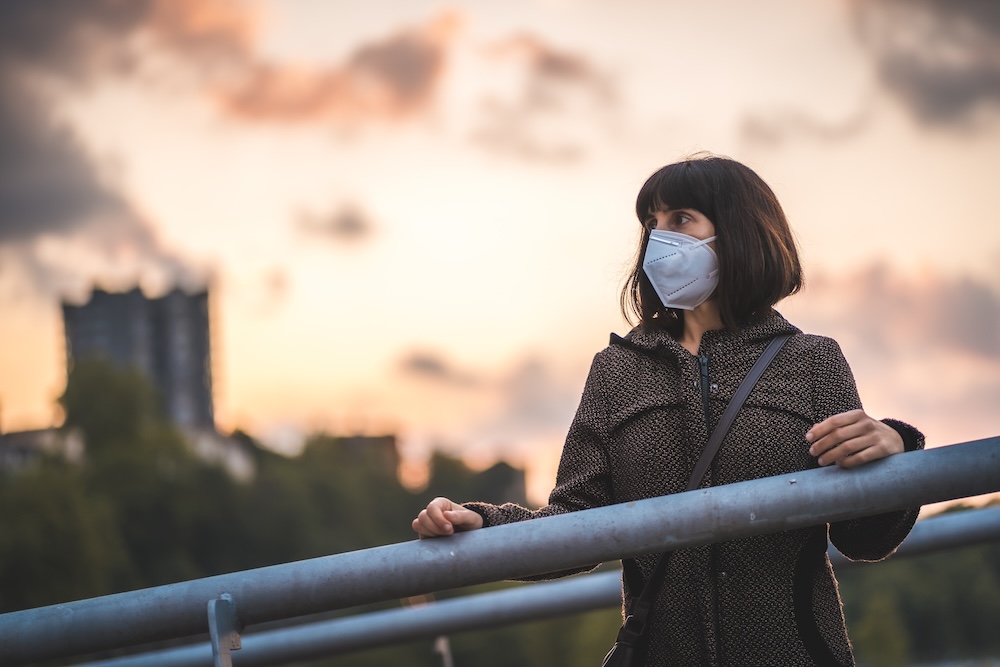What Are the Long-Term Effects of Continued Exposure to Air Pollution?
Breathing polluted air for a few days might cause coughing or fatigue—but what happens when you’re exposed for years, or even decades? The long-term effects of air pollution are wide-ranging, severe, and increasingly recognized as one of the greatest public health threats of our time.
Air pollution doesn’t just irritate your lungs—it affects nearly every organ system, from your heart and brain to your reproductive and immune health. And the impact isn’t equal—vulnerable populations, including children, the elderly, and low-income communities, suffer the most.
Key Pollutants Behind Long-Term Damage
Not all air pollution is created equal. The most harmful long-term effects are linked to:
Fine Particulate Matter (PM2.5)
These are microscopic particles (smaller than 2.5 microns) that can penetrate deep into your lungs and enter your bloodstream.
Nitrogen Oxides (NOx)
Mostly from vehicles and power plants, NOx contributes to smog, ozone formation, and respiratory inflammation.
Ozone (O₃)
At ground level, ozone is a reactive gas that damages lung tissue and increases the risk of asthma attacks and other respiratory issues.
Sulfur Dioxide (SO₂)
From burning fossil fuels, especially coal. It can trigger chronic bronchitis and worsen heart disease.
Carbon Monoxide (CO)
A colorless, odorless gas that impairs oxygen delivery throughout the body. Long-term exposure contributes to heart problems.
How Air Pollution Affects the Body Over Time
Respiratory System
Chronic exposure to air pollution can cause or worsen:
- Asthma – More frequent and severe attacks
- Chronic Obstructive Pulmonary Disease (COPD) – Progressive damage to the lungs
- Lung cancer – Especially from PM2.5 and chemical pollutants
- Reduced lung function – Especially in children, whose lungs are still developing
Cardiovascular System
Pollutants enter the bloodstream and trigger inflammation, leading to:
- High blood pressure
- Heart attacks and strokes
- Atherosclerosis (hardening of the arteries)
- Heart failure
In fact, air pollution is now considered a major risk factor for cardiovascular disease worldwide.
Brain and Nervous System
Emerging research shows air pollution can affect cognitive function and neurological health:
- Increased risk of dementia and Alzheimer’s
- Higher rates of depression and anxiety
- Cognitive impairment in children
- Neuroinflammation and oxidative stress
Immune and Endocrine Systems
- Weakened immunity, making the body more susceptible to infections
- Increased autoimmune disease risks
- Hormonal disruption, especially from pollutants that mimic or interfere with endocrine function
Reproductive Health
Long-term air pollution exposure has been linked to:
- Reduced fertility in men and women
- Increased risk of miscarriage or stillbirth
- Low birth weight and premature delivery
- Developmental delays in infants and toddlers
Skin and Eyes
While less talked about, pollution can also:
- Accelerate skin aging
- Worsen conditions like eczema or psoriasis
- Cause chronic eye irritation
Global Statistics on Long-Term Air Pollution Exposure
- 7 million premature deaths annually are attributed to air pollution (WHO)
- Children exposed to high pollution levels may lose lung capacity permanently
- Long-term exposure to PM2.5 can reduce life expectancy by 1–2 years
- In highly polluted areas, the risk of stroke and heart attack can increase by over 30%
Vulnerable Populations
Children
- Smaller lungs and faster breathing rates make them more vulnerable
- Pollution during pregnancy and early childhood affects lifelong development
- Can lead to learning difficulties and behavioral disorders
Elderly
- More likely to have chronic diseases aggravated by pollution
- Immune systems are often weaker
- Increased risk of cardiovascular and respiratory complications
Low-Income Communities
- More likely to live near highways, factories, or power plants
- Less access to healthcare and clean environments
- Often face cumulative risks from multiple pollution sources
How to Reduce Risk from Long-Term Exposure
Personal Actions
- Monitor air quality indexes (AQI) and limit outdoor activity on high-pollution days
- Use air purifiers at home, especially with HEPA filters
- Seal windows during smog or wildfire events
- Use N95 or KN95 masks during heavy pollution events
- Avoid exercising near traffic or industrial zones
Community and Systemic Actions
- Push for clean air legislation and better enforcement of emissions limits
- Transition to clean energy and public transit infrastructure
- Create green spaces and urban trees to filter air
- Support local efforts to reduce traffic congestion and industrial emissions
Common Questions About Long-Term Air Pollution
Can your lungs heal after years of exposure?
To some extent, yes—especially if exposure is reduced early. However, long-term damage like scarring or reduced lung capacity may be permanent.
Is indoor air safer than outdoor air?
Not always. Indoor air can be more polluted due to off-gassing, cooking, cleaning chemicals, and lack of ventilation. Purifiers and fresh air flow help.
Can air pollution affect mental health?
Yes. Studies link air pollution to depression, anxiety, cognitive decline, and even increased suicide risk.
How do you know if you’re affected?
You might not feel symptoms immediately. Over time, you may notice increased fatigue, respiratory issues, or worsening of chronic conditions.
What are the best cities for clean air?
Cities with strong clean energy policies, public transit, and low population density often top clean air lists—like Reykjavík (Iceland), Helsinki (Finland), and Honolulu (USA).
Final Thoughts
Air pollution may be invisible, but its long-term effects are written into our lungs, our hearts, and our future. The harm builds quietly, year after year, shaping how we age, breathe, and live. But with awareness, action, and collective change, we can rewrite that future. Clean air is not a luxury—it’s a right, a necessity, and a cornerstone of true public health.









Reader Interactions